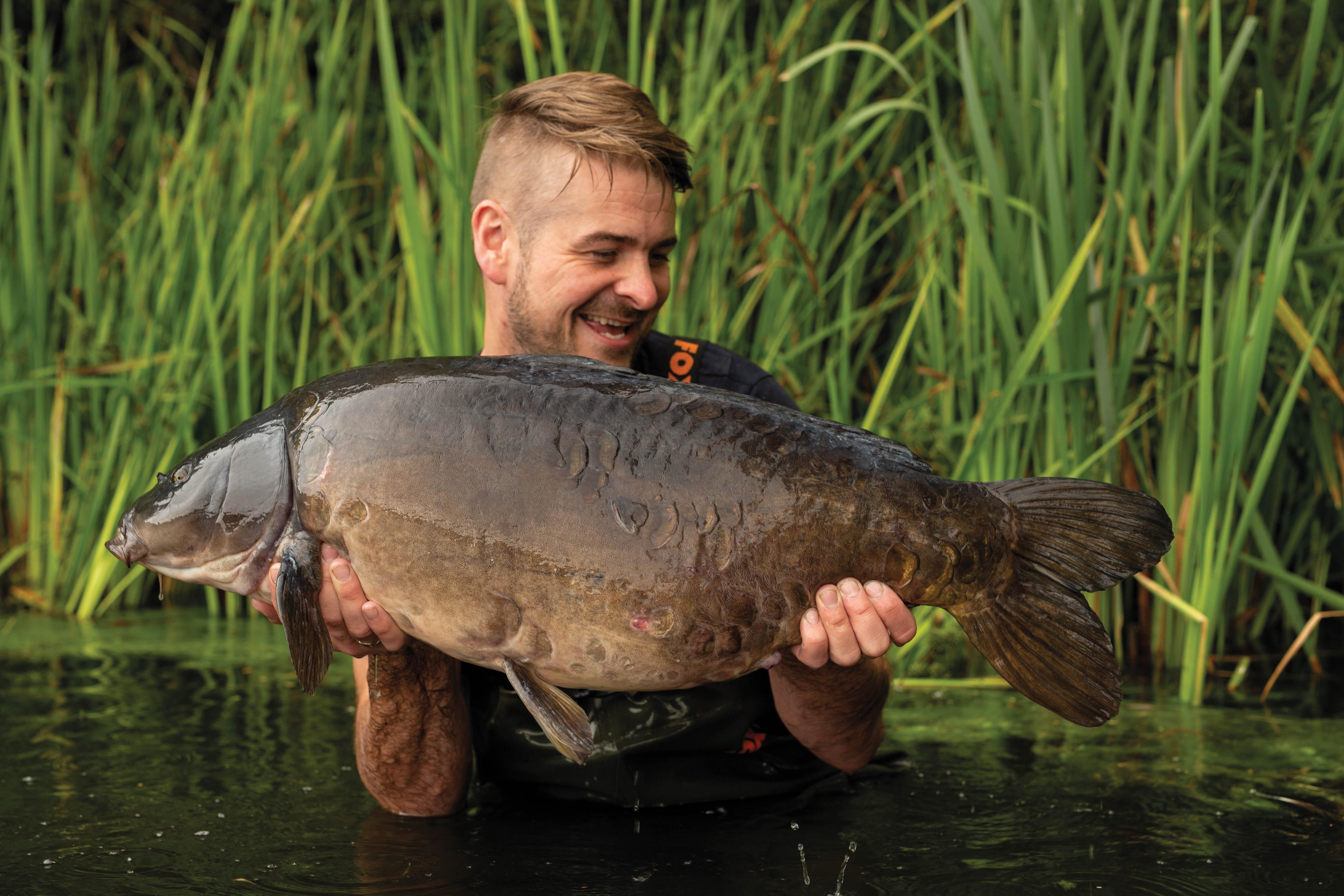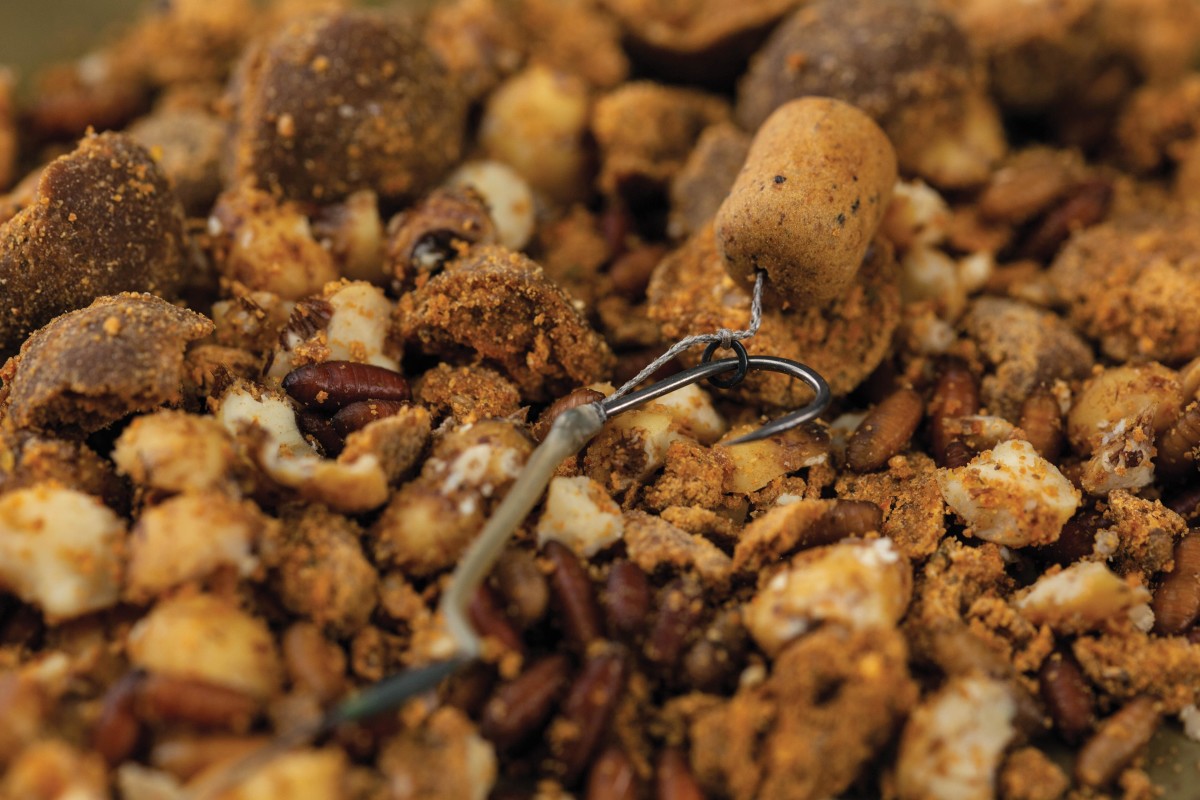
Choosing The Right Hookbait
Scott Lloyd talks hookbaits, and considers ‘what, why, where, when and how’
First and foremost, before we touch on colours etc., it’s all about balanced baits. I’m referring to balanced bottom baits and balanced pop-ups, and whilst the latter might sound a bit strange, I’m referring to how a pop-up can be critically balanced in respect of the putty on the swivel, and the hook size. During past tutorials, I picked up on the fact that whilst a lot of anglers generally made sure that the putty sank their rig, they didn’t necessarily pay attention to how quickly or slowly it sank. As long as their bait remained popped up, they were happy.
When balancing your pop-up, you’ve got to remember that over time whilst it’s out in the lake, it will take on water. This will affect its buoyancy, so ensuring that it just flutters down gently under the weight of the rig and putty is crucial for prolonged presentation. When fishing on the deck, I pretty much never use a bottom bait, and the reason for this is that after observing a lot of fishes’ behaviour and feeding habits, it became apparent that they are very good at controlling their suction when feeding. With light feeders, a bottom bait wouldn’t even move when they fed. In contrast, a balanced bait would fly up into their mouths at their first attempt to take it.
When the carp fed on the bait, if I was feeding items such as crumb, hemp and boilie, the boilies would remain on the bottom as they were the heaviest items. The smaller items, however, would be hoovered up whilst all the heavier bottom baits remained. Taking things one step further, after viewing spots from a boat and using the scope on lakes like Stoneacres after having fish on me, the above would be replicated. For this reason, I always feed a mixture of baits like chopped tigers, hemp, crumb, etc. Not all fish feed the same, or with the same gusto.
Some may ask, with a rig so critically balanced, whether I’m worried about it being wafted around. As long as I am using a rig with anti-tangle sleeves and a semi-stiff hooklink, and one which will reset itself, then I know that if the rig does lift, it will present again once it settles.
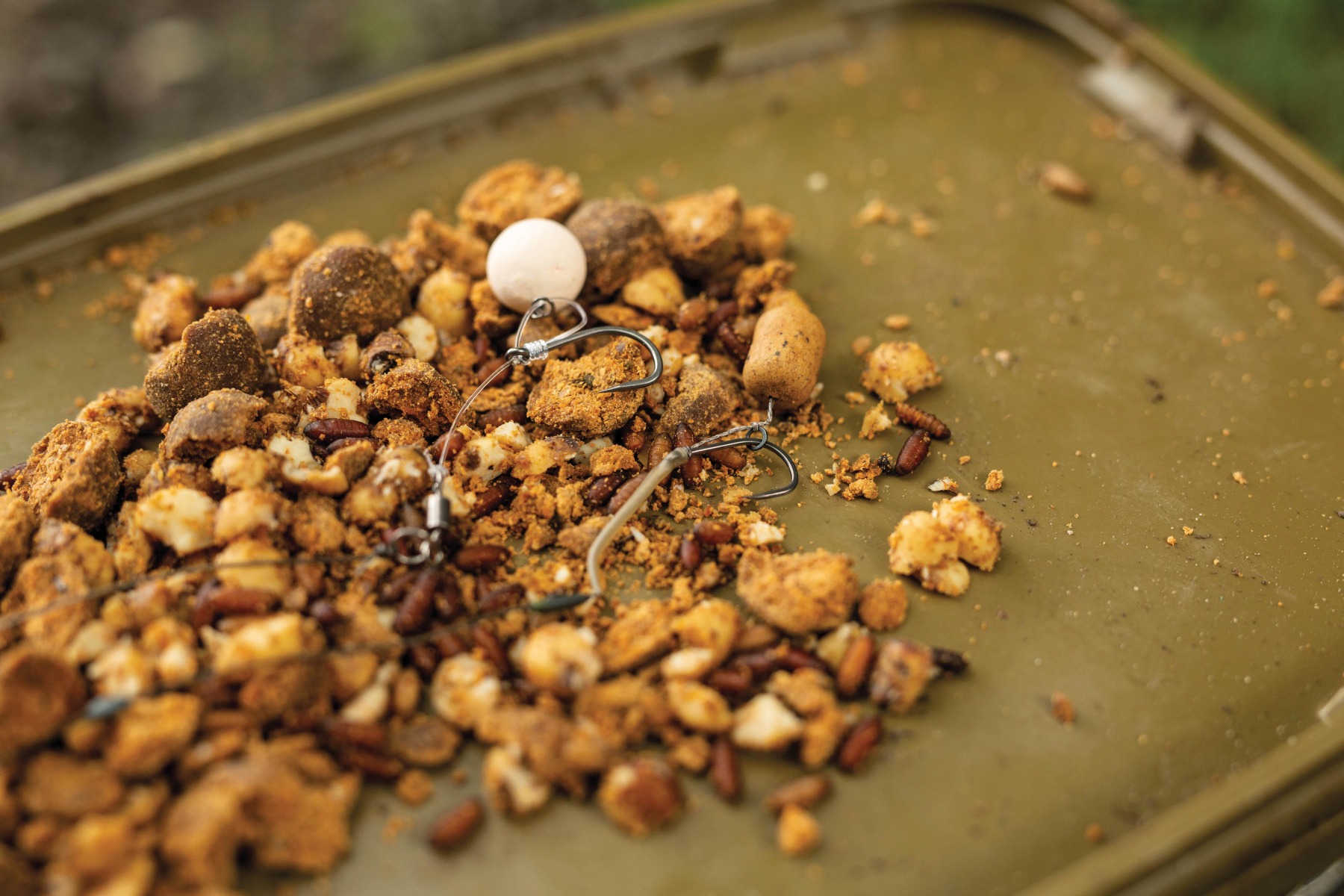

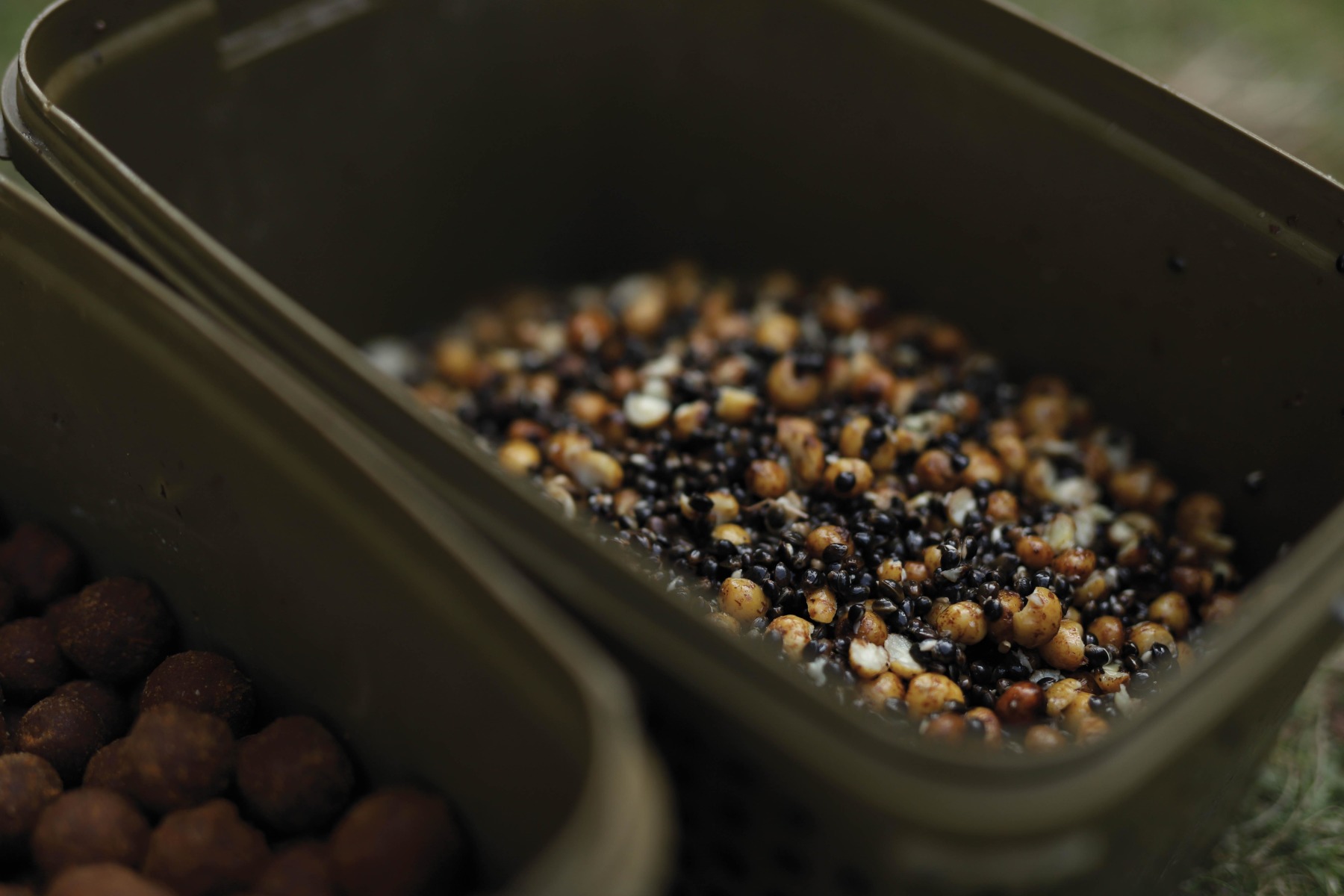
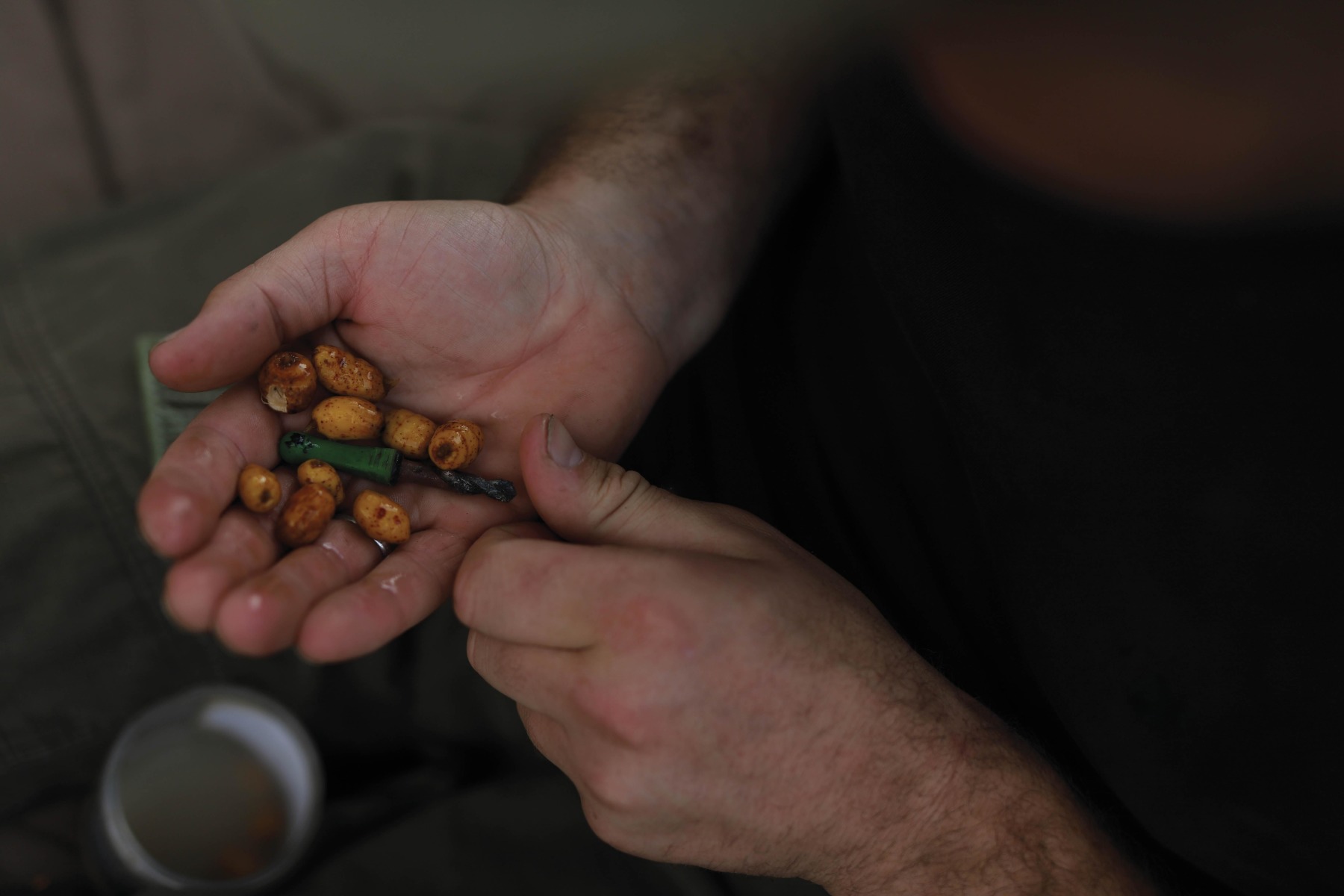
Hookbait Shape
Hookbait-wise, I do tend to use a dumbbell-shaped wafter rather than a standard, round hookbait, purely because I think it’s a little different to the usual, and to everything else that’s out there.
There’s no need for me to go into the Noodle Rig, but the main thing for me is confidence, and of course, what the spot you’re targeting is like. With anything that’s clean, like gravel, silt or clay—anything that allows me to pull a lead back smoothly with no resistance—I know that when that hook is laying on the lakebed, it’s not obstructed. Even the smallest of defects with your presentation—like the hooklink kinking up or the hook not sitting right—can soon spook the warier or older carp.
The only time I don’t use the above, and instead use a Hinge, is when the bottom is choddy and there’s a chance that strands of weed might be present. That is literally the only reason why I wouldn’t choose to use a balanced wafter.
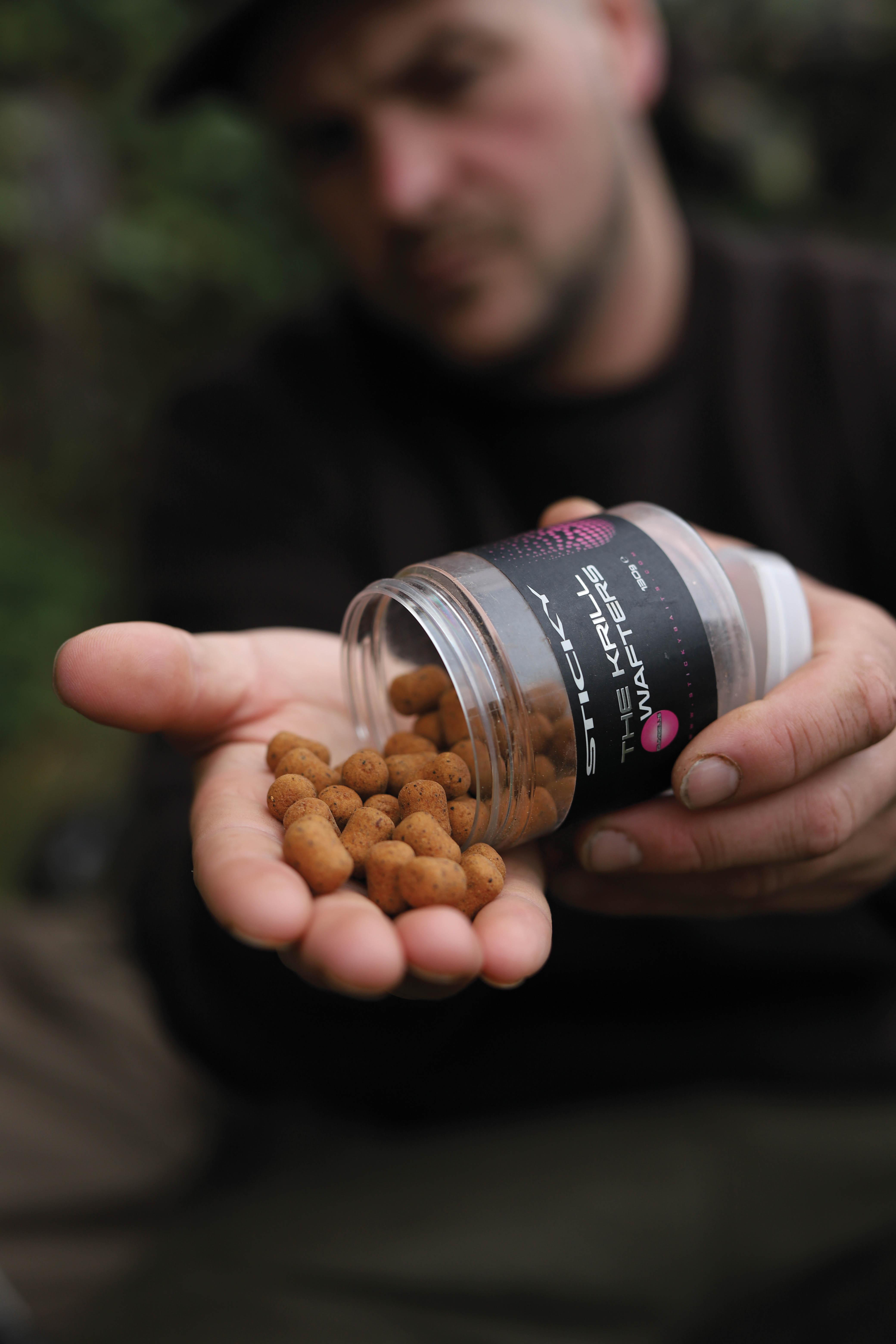
Hookbait Choice
Moving on to hookbait choice, this time of the year I would still choose a match-the-hatch pop-up, despite the fact that it’s off the bottom, as such. So many anglers go in with the preconceived idea that because they’re using a pop-up, they have to use a different colour, and that it has to be more visual. For me, I’d save this tactic more for the spring. Then, the carp are waking up and I’m not looking to create a feeding situation, but rather aiming to nick an opportunistic bite. Later in the year, they start to wise up to high-attract hookbaits. As they tend to back away from them, especially if they’ve taken a good clubbing on them over the previous few months, given the angling pressure.
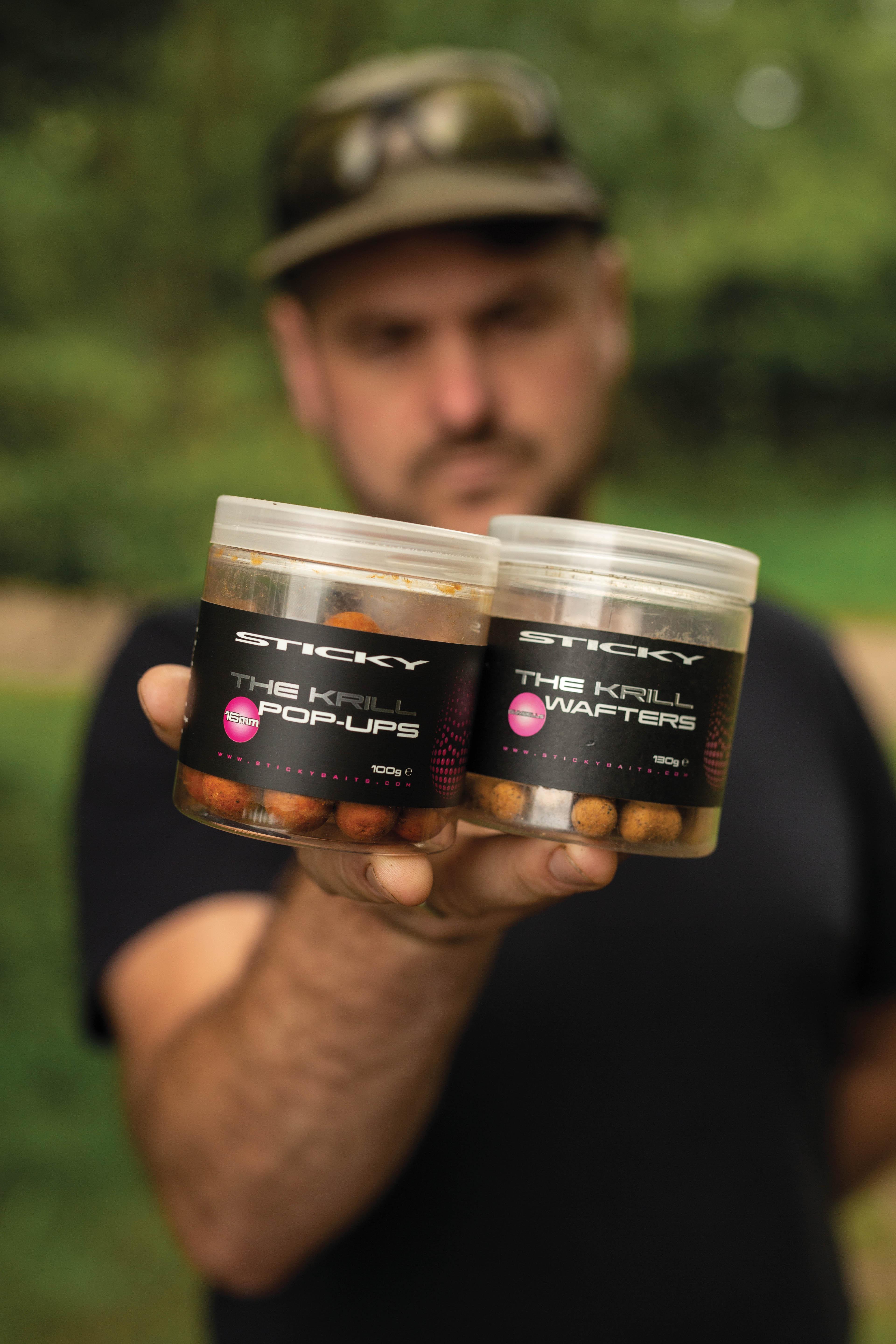
In my eyes, I don’t need any other rigs for my type of angling. Both serve a purpose, and my mix does everything I want it to. The mix provides a buffet for all feeding preferences, whilst the rigs suit every type of lakebed I am likely to encounter. It’s down to me to ensure that my watercraft helps me decide which approach I take!
